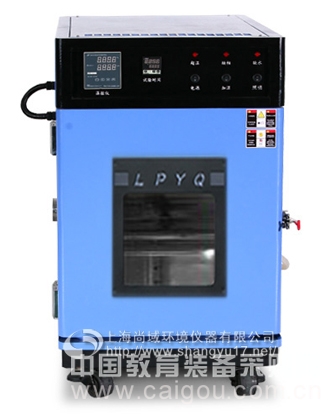In this paper, the cold and hot offset condition of the air conditioner in the constant temperature and humidity chamber is analyzed in detail, and a design principle to eliminate cold and heat offset is proposed. With regard to the use of a multi-joint variable refrigerant flow system, a system zoning approach is proposed. This type of air-conditioning chassis is often continuously operated and energy consumption is naturally increased.
Therefore, reducing the energy consumption of the refrigeration system in the constant temperature and humidity chamber is the primary component of reducing the energy consumption in production. The energy-saving thinking and design of this equipment's refrigeration system are the most important issues that the current broad engineering and technical personnel must face. It is a special requirement for the invariability of temperature and humidity in the room. Some temperature fluctuations require restraint within 1 degree Celsius, that is, 0.5 degrees above and below zero, and also have high humidity requirements.
With the rapid improvement of mechanical processing technology, it is required that the fluctuation of temperature and humidity be smaller. All of these impose higher requirements on the refrigeration system of the constant temperature and humidity box, and will also greatly increase the energy consumption of the refrigeration system. In order to reduce energy consumption, energy-saving design of the refrigeration system must be carried out, and experiments must be carried out on it. In addition, because the refrigeration system method uses more traditional units, the current highly efficient variable refrigerant flow centralized air conditioning system is rarely used. Then the cost of the cold and heat source of the equipment can also be reduced to complete energy saving.
